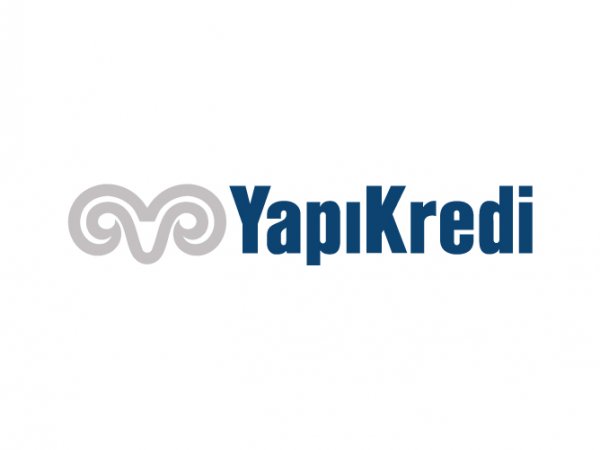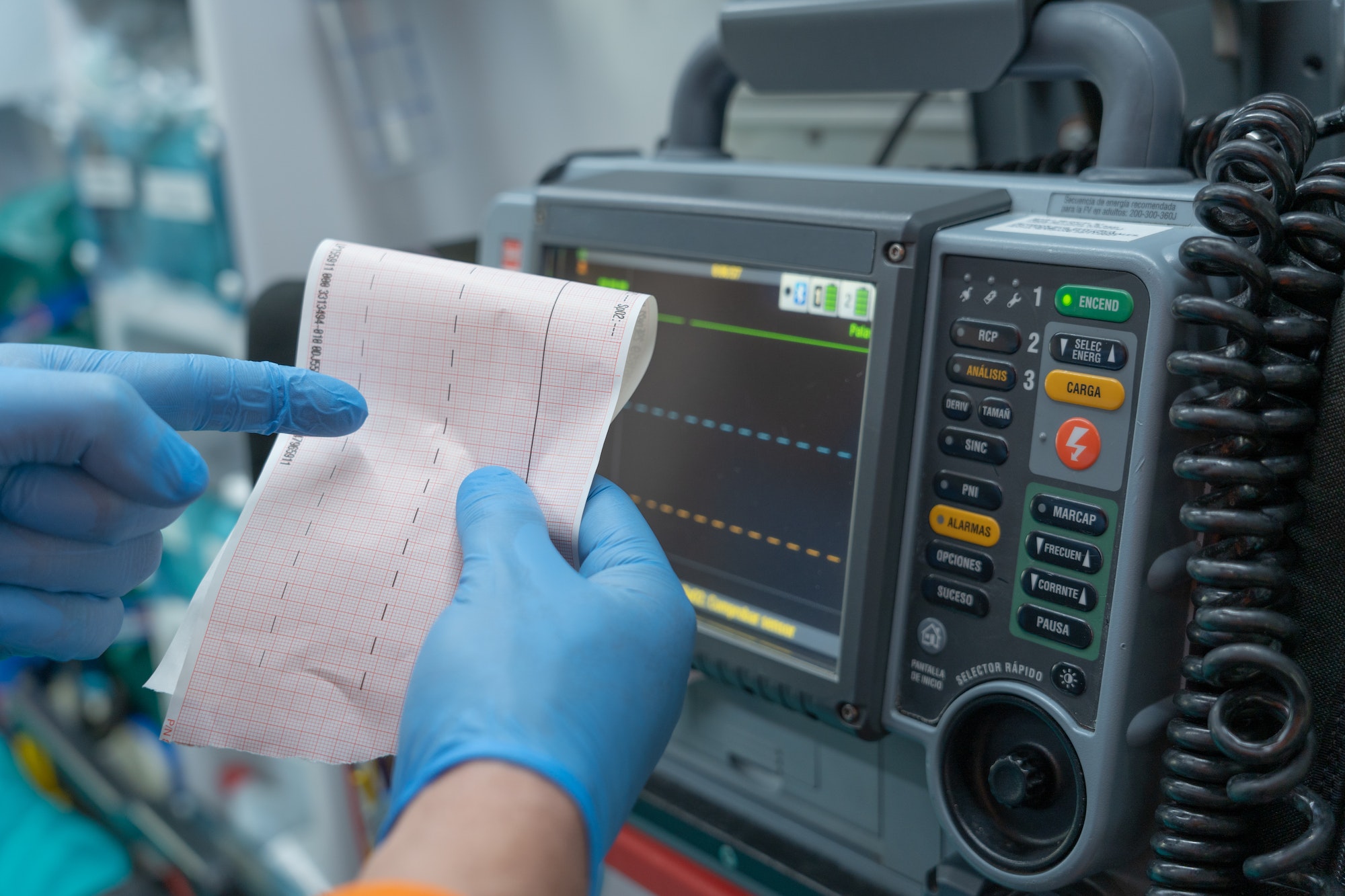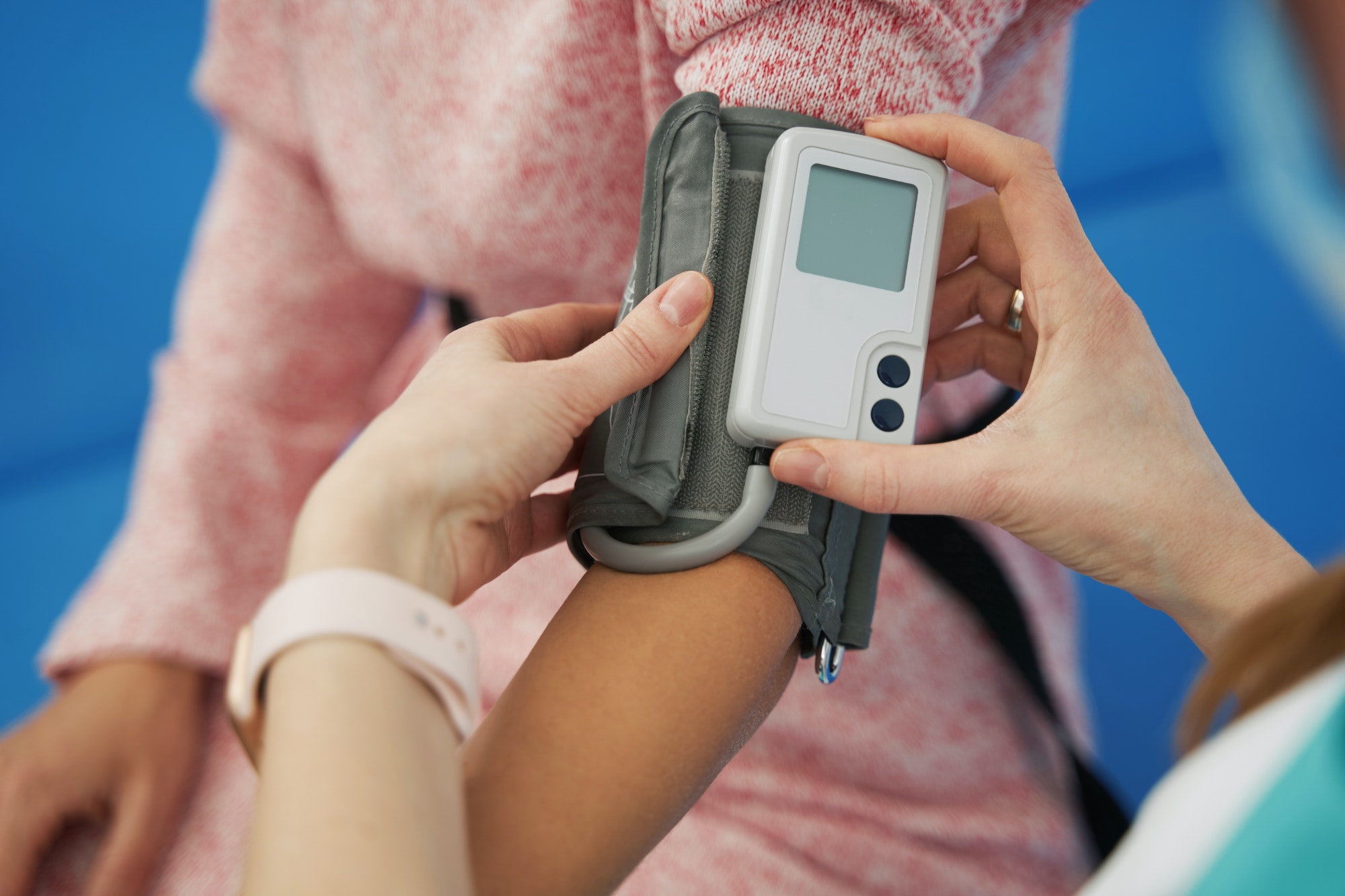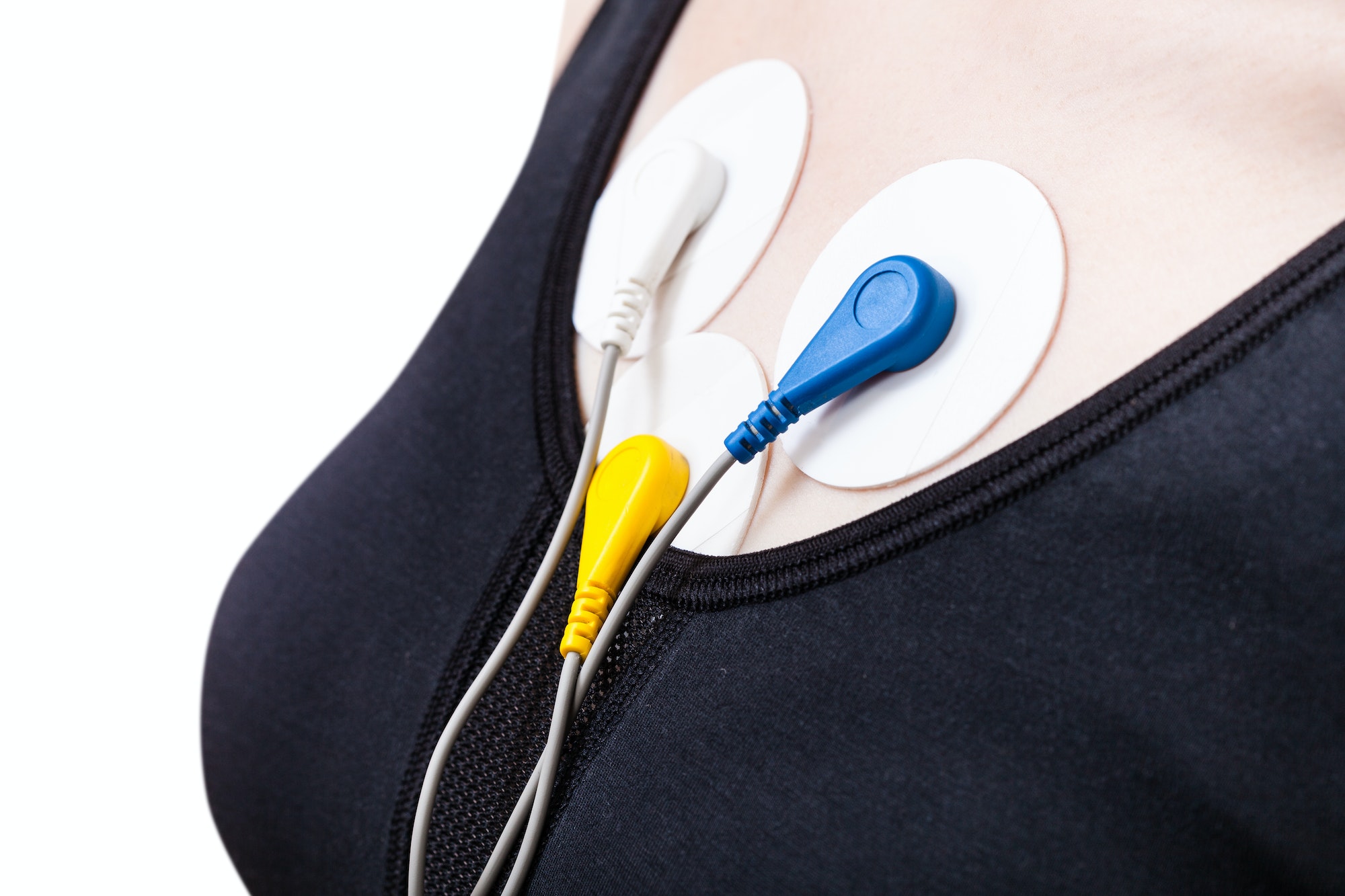yalova kardiyoloji
Yalova Cardiology
Everything you need to know about your heart health. Your health is entrusted to us with high technology in Yalova.
Healthy Heart Happy Tomorrows | Yalova Cardiology
Yalova Cardiology is a medical branch that deals with the diagnosis, treatment and prevention of diseases related to the heart and vascular system. Cardiologists treat many heart diseases such as heart attack, arrhythmia, hypertension, heart failure, as well as vascular diseases such as vascular occlusion, aneurysm and heart valve problems.



Uzm Dr Murat Bilgin - Interventional Cardiology
Specialist Dr. Murat Bilgin, a Cardiology Doctor at Aktif Çiftlikköy Hospital in Yalova, is a doctor specializing in the diagnosis and treatment of cardiovascular diseases. With years of experience and training, Dr. Bilgin is recognized as a leading expert in the prevention, diagnosis and treatment of heart diseases. Using the latest technologies, Dr. Bilgin offers the best treatment options to his patients.
Your heart is in our care.
Your heart is important to us.
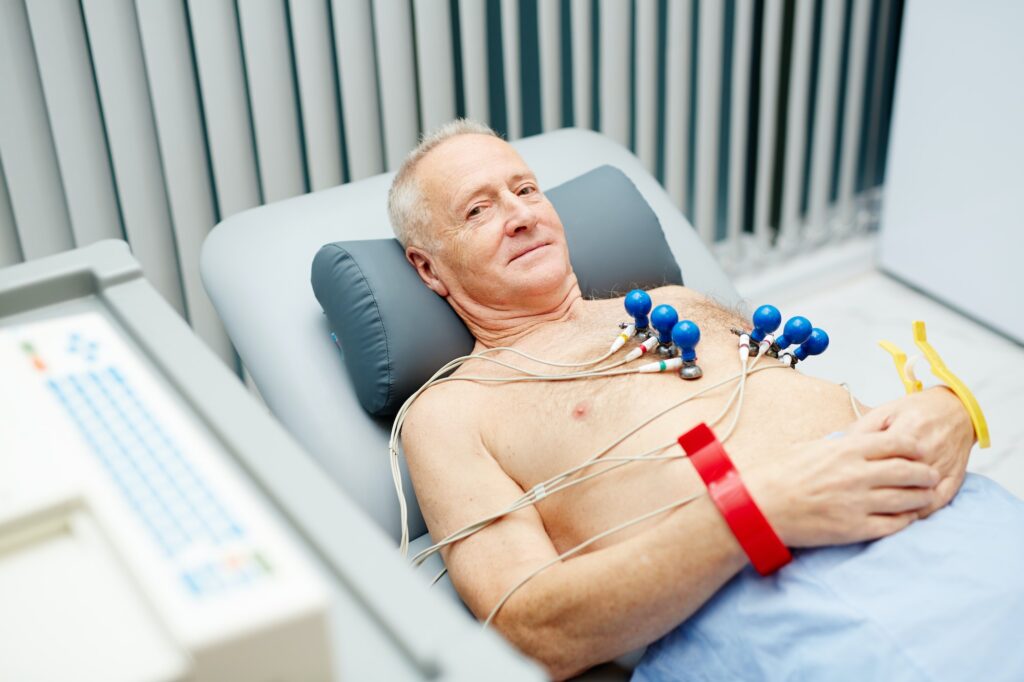
The most commonly used diagnostic method in cardiology is echocardiography. This method uses ultrasound to visualize the internal structure and movements of the heart. In addition, other diagnostic methods often used in cardiology include electrocardiography (ECG), cardiac tomography and magnetic resonance imaging (MRI).
Treatment methods in cardiology include medication, cardiac surgery and invasive procedures such as percutaneous coronary interventions (PCI). Medication is used to regulate heart rhythm, lower blood pressure and reduce the risk of heart failure. Cardiac surgery can include procedures such as repairing or replacing heart valves. PCI is a procedure used to remove blockages in the coronary arteries. This is done with techniques such as stents or balloon dilatation.
Cardiology is a branch of medicine that focuses on the diagnosis and treatment of heart diseases, and having a trusted and experienced cardiologist is extremely important when taking care of your heart. Uzm. Dr. Murat Bilgin is a renowned cardiologist who has been helping his patients for years and his expertise is now available to you at yalovakardiyoloji.com.
Uzm. Dr. Murat Bilgin has dedicated his career to providing the highest level of medical care to his patients. Understanding the importance of the heart and the role it plays for a healthy life. Dr. Murat Bilgin strives to ensure that his patients receive the best care. Thanks to his years of experience and deep knowledge in the field of cardiology. Dr. Murat Bilgin has become a trusted name in his field.
At Yalovakardiyoloji.com, Uzm. Dr. Bilgin and his team offer a wide range of cardiology services, including diagnostic tests, preventive care and treatment of various heart conditions. If you are dealing with high blood pressure, arrhythmia or any other heart problem, Dr. Bilgin can help. Dr. Bilgin has the expertise and knowledge to help you overcome your health challenges.
Specialized. What sets Dr. Murat Bilgin apart from other cardiologists is the important and personalized treatments he gives to the patient. He takes the time to listen to his patients and understand their concerns, and together with them he develops personalized treatment plans that fit their unique needs. Uzm. When you work with Dr. Murat Bilgin, you can rest assured that you will receive compassionate and attentive care every step of the way.
If you’re looking for a trusted cardiologist to maintain a healthy heart, you can turn to Uzm. Dr. Murat Bilgin and yalovakardiyoloji.com. With their expertise and dedication to their patients, they can help you achieve optimal heart health and live your best life.
Interventional Procedures Performed at our Active Heart Center
Today, interventional cardiologic methods are rapidly gaining prominence in the treatment of heart diseases. Many heart diseases that could not be treated without surgery in the past years can be treated comfortably for the patient without the need for surgery. All interventional procedures performed in cardiology are successfully performed in our hospital.
1. Coronary Angiography and Complex Coronary Angiography Interventions
2. Pacemaker Implantation (Pacemaker/ICD/CRT implantation)
3. Carotid Artery Stenoses (Carotid Artery)
4. Peripheral Artery Stenosis (Leg Vein)
5. Closed Endovascular Treatment of Brain Aneurysm
6. Dialysis & Port Catheter Insertion
7. TAVI
8. Mitral Balloon Valvuloplasty
9. ASD/PFO Closure
10. Non-Surgical Treatment of Aortic Vessel Enlargement and Ballooning (EVAR/TEVAR)
Coronary Angiography
Coronary angiography is a method used to detect disease of the arteries that feed the heart, performed in specially positioned angiography rooms. Coronary angiography also determines which part of the arteries supplying the heart is narrowed or blocked and to what extent. In coronary angiography, the groin or hand arteries are used as the site of intervention. A sheath is first inserted into the artery at the site of the intervention, through which catheters are used to visualize the vascular structure with an opaque substance (dyed substance) given to the beginning of the heart vessels. Coronary angiography is completed 15 to 20 minutes after the patient is admitted to the angiography room. After the procedure is completed, the patient is allowed to rest for 4-6 hours and then allowed to stand up. If the general condition is favorable and the doctor approves, the patient is discharged.
Percutaneous Transluminal Coronary Angioplasty – Stent:
Coronary balloon angioplasty and stenting are methods used in the treatment of narrowing or complete blockages in the vessels supplying the heart, detected after coronary angiography. First, a catheter is inserted through a sheath placed at the site of the intervention, and a very thin guidewire is passed through this catheter and passed through the area of vascular stenosis. A balloon is slid over this guidewire and delivered to the patient area. This balloon is then inflated from the outside and the stenosis is opened, followed by stenting to reduce the risk of re-narrowing in the future. Nowadays, new and different stents such as drug-eluting and dissolving stents are used due to technological advances. Which stent will be used in which case is decided by the doctor in consultation with the patient.
Complex Coronary Interventions:
In the past, most patients with narrowing or blockage in the coronary vessels feeding the heart were referred to bypass surgery. Nowadays, thanks to the developing technology, it is possible to intervene in coronary vessels that were previously impossible to intervene, i.e. blockages of the vessels feeding the heart. With the help of special wires, balloons and stents used in complex coronary interventions, the procedure can be performed without opening the chest cage.
Peripheral Arterial Disease
Peripheral Arterial Disease (PAD) is a common condition affecting millions of people worldwide. PAD is caused by narrowing or blockage of arteries in the legs or other parts of the body and can lead to a variety of symptoms including leg pain, cramping and numbness. In severe cases, PAD can also increase the risk of heart attack, stroke and other serious health complications.
Aortic Valve Stenosis Treatment – TAVI Method
This procedure can be defined as non-surgical aortic valve replacement. The aortic valve is the valve at the mouth of the main artery coming out of the heart. As the aortic valve ages, calcification can be observed and the valve cannot open and close well, and narrowing of the aortic valve is seen due to advanced age. With the TAVI method, which can be considered revolutionary in cardiology, a new valve is inserted into the aortic valve with a catheter without opening the chest cage. TAVI, which is the process of expanding the narrowed valve and placing a new valve in this expanded area without stopping the heart and opening the chest, is a method used in patients where open surgery cannot be applied or is high risk.
Mitral Valve Stenosis Treatment – Balloon Mitral Valvuloplasty
The narrowing of the blood from one chamber of the heart to the other (from the lower left atrium to the left ventricle) in a way that makes it difficult to pass. This causes blood to pool in the lungs in the form of water. This causes the person to feel short of breath. Medication is sufficient for mild stenosis, but for moderate to severe stenosis, mitral valvuloplasty or open heart surgery is performed.
Mitral valvuloplasty is an interventional procedure performed by inserting a catheter through the groin. A special needle is inserted through a sheath and passes from the right atrium to the left atrium of the heart by piercing the wall between them. The needle is removed from the sheath and a guide wire is advanced through the same sheath into the left atrium. The movements of the wire are monitored on the screen. After the wire is placed in the right place, the balloon is advanced over the wire and placed into the narrowed valve. The balloon is inflated where the valve is narrow. Thus, the valve is widened as much as possible. When performed in appropriate patients, the results of mitral balloon therapy are as successful as in patients undergoing heart surgery.
Pacemaker Implantation
These small high-tech devices are used for many purposes, from preventing a slowing heart rate to treating heart failure, from pumping the heart to preventing sudden death. There are basically 3 types of pacemakers: single-wire or 2-wire pacemakers that prevent slowing of the heart rate (KPM), defibrillators (ICD), which save lives by delivering electroshocks when the heart is unable to pump due to a high heart rhythm, and 3-wire pacemakers (CRT), which are used to treat heart failure. Pacemakers are implanted in people who have heart rhythm disorders and cannot live their lives normally. Patients with a pacemaker can go back to work, do household chores, drive, travel, swim, enjoy their hobbies and sex life. People with a pacemaker must carry their pacemaker ID card with them at all times. The pacemaker can be read by an external computer using a so-called telemetric method. This provides information such as how the patient’s heart rate has progressed, how long the pacemaker has been working, whether the patient’s own rhythm has occurred from time to time, whether the patient has always been connected to the pacemaker, whether there have been other rhythm disturbances. The average lifespan of a pacemaker is 8-10 years and the patient has to be checked every 6 months. These check-ups are very important as the pacemaker can be detected in advance.
Carotid Artery (carotid artery) Stenosis or Occlusion
The two important arteries on either side of the neck that carry blood to the brain are called carotid arteries (jugular veins). Stenosis of the carotid artery caused by calcification, if not treated in time, can progress and lead to carotid artery occlusion and permanent stroke/paralysis.
The jugular vein may often be asymptomatic until it is severely narrowed. When the stenosis of the carotid artery reaches a critical level and the blood supply to the brain is insufficient, this is called “ischemia”. Numbness in the arm, leg or face, tingling, loss of strength, paralysis of half of the face, slipped lips, blurred vision or loss of vision, difficulty or inability to speak, loss of consciousness and paralysis may occur.
In cases where a Doppler ultrasound examination of the carotid arteries shows that the stenosis in the carotid artery reaches 70%, drug therapy is insufficient and an interventional treatment is needed in addition to drug therapy. It is performed by open surgery (endarterectomy) or stenting. Carotid artery stenting is performed intravenously (endovascularly) without any surgical incision. A very small incision is made in the patient’s inguinal artery to access the area of stenosis in the jugular vein. A metal cage (stent) is opened in the narrowed area of the jugular vein and the vessel is restored to its normal diameter.
Partners and hosptials

